![Detail: Stevens / Pedersen / Gjerstad: First Detail [VINYL + CD] (Rune Grammofon) Detail: Stevens / Pedersen / Gjerstad: First Detail [VINYL + CD] (Rune Grammofon)](https://www.teuthida.com/productImages/misc4/20245.jpg)
Norwegian saxophonist Frode Gjerstad started the forward thinking free improv group Detail in 1981 with Eivin One Pederson on keys and SME legend, drummer John Stevens; this live recording of the original lineup is a fantastic document of the roots of this important band.
Out of Stock
Quantity in Basket: None
Log In to use our Wish List
Shipping Weight: 24.00 units
Sample The Album:
Frode Gjerstad-tenor saxophone, soprano saxophone, bass clarinet, alto flute
Eivin One Pedersen-piano, keyboards
John Stevens-drums
Click an artist name above to see in-stock items for that artist.
Vinyl edition is limited to 500 copies and comes with the CD included.
UPC: 7033660031667
Label: Rune Grammofon
Catalog ID: RLP 3166LP
Squidco Product Code: 20245
Format: LP
Condition: New
Released: 2015
Country: Norway
Packaging: LP
Recorded at Henie Onstad Art Centre, in Norway, on October 2nd, 1982.
"If anybody deserves to be called a living legend in Norwegian free jazz it must surely be saxophone, flute and clarinet player Frode Gjerstad. Born in 1948 in Stavanger, he has since the early 80s been central on more than fifty records and played with a number of free jazz players such as Evan Parker, Johnny Dyani, John Stevens, Derek Bailey, Barry Guy, Bobby Bradford, Paul Rutherford, Hamid Drake, William Parker, Peter Brotzmann, John Edwards, Louis Moholo-Moholo, Han Bennink and several others.
Detail is the group he founded in 1981 with close friend Eivin One Pedersen (1956-2012) and legendary free jazz drummer and Spontaneous Music Ensemble founder John Stevens (1940-1994). "First Detail" is a recording from 1982 that predates the first Detail albums, hence the title. By this time Pedersen had left the group. For personal and emotional reasons Frode was sitting on the tapes until last summer before he felt ready to listen to them. Good thing he deemed them suitable for release because this is a truly great album, in our ears one of the best free jazz albums ever to come out of Norway!
It´s almost unbelievable that Eivin One Pedersen had just turned 26 at the time, what an incredible player at such a young age! And John Stevens is on top form, with a very open approach in his playing and clearly enjoying the company of the Norwegians.And Frode Gjerstad, well he is as always himself. At a time when most Norwegian sax players wanted to sound like Jan Garbarek, Gjerstad followed his own nose. In that respect there are no obvious references to other sax players. In our ears he is one of the giants still active on the international scene. Needless to say, this comes highly recommended!"-Rune Grammofon
Also available on CD.Vinyl edition is limited to 500 copies and comes with the CD included.
Artist Biographies
• Show Bio for Frode Gjerstad "Frode Gjerstad was born in Stavanger, Norway, 24-03-1948. He started trying to play improvised music as a trumpeter in 1968. When he moved to Lund in Sweden (1971 to 1975) he got a chance to meet, talk and play with musicians interested in this music. He had at that time started playing tenor saxophone (1969). After he came back to Stavanger in 1975 he started collaborating with keyboardist Eivin One Pedersen. Together, they explored many different aspects of improvised music, as a duo or with others, but it was not until 1981, when they first played with John Stevens, that he had a real chance to feel what a dedicated musicians can do to the music-making. At the early stage of his career, he choose mainly to play with international musicians because there was no tradition in Norway for the free music. However, after the club Blå opened in Oslo in 1996, a good number of younger musicians are now picking up on the music. His relationship with British drummer, John Stevens which started in -81 and lasted up until his death in -94, was of great importance both musically as well as on a personal level. Through Stevens, he was introduced to some of the finest British improvisers and got to know their way of playing. Together, they led the trio "Detail" starting with Johnny Dyani on bass. And after Johnny died in -86, with Kent Carter. He has also been active, running a larger group of mostly Norwegian musicians, the Circulasione Totale Orchestra. He started the group using electric instruments and modern rock-oriented rhythms. He has used the band to present his own compositions as well as a workshop and a place for young people to get to know free music. The band presented a commissioned work at the Molde Festival in -89 with a 13 man band combining free improvisations, compositions as well as rapping and scratching.(Three horns, three bassists, three drummers, accordeon, guitar a rapper and a DJ). The Circulasione Totale Orchestra is a powerful ever-changing band. But it´s not easy to keep such a big group together. In 1998 he decided to keep the core of the band which at that time was Paal Nilssen-Love on drums and Øyvind Storesund on bass and try to develop that sound. It became Frode Gjerstad Trio. So far the trio has toured Norway, Sweden, Denmark, Polen, Italy, Austria, Portugal, England, Canada and the United States. He has received several grants from various foundations and has been very active in the Norwegian Jazzmusicians Federation as well as in the committee for the Norwegian Contemporary Music Federation. Voted Jazz Musician of the Year in Norway, 1997. Part of the price was a concert where he could freely choose which musicians to use. This was the first meeting with Hamid Drake and William Parker. The concert became a tour of Scandinavia in -97 and the US in 2000. US Pianist Borah Bergman has also been important to Frode. They first met in -94 and have played as a duo and also as trio with Evan Parker and later Peter Brøtzmann. Borah has been a great inspiration and a challenge over the years! English bassist Nicholas Stephens first played with Frode in 1984. He played electric bass at the time, but it was not until after John Stevens died in 1994 that they started working together as "Calling Signals". First with a tour of England in 1995 with Paul Rutherford and Terje Isungset. And in 1996 with Louis Moholo and Danish guitarist, Hasse Poulsen. The latest version of the group has been with accordionist Eivin One Pederesen and Paal Nilssen-Love or Tony Marsh on drums. Frode also met and worked with US percussionist Kevin Norton in 2004 and they have found a common ground. They have a trio with Nicholas Stephens: Instinctual Eye. Electronic music started to make an impact when he met Lasse Marhaug. They have played some concerts together and made some recordings. Lasses sounds have opened up a whole new territory of possibilities and came at a time when Frode started playing clarinets. A very fruitful combination! Another side of the electronic thing was the group Ultralyd which was Frodes idea: to bring in a loud powerful electric bass with drums, guitar and reeds. After about a year, he left the band because the sound level was unbearable for the old man.! And he left it to the youngsters to decide how loud the band should be. Still, he has continued playing with Morten, Anders and Kjetil in other projects." ^ Hide Bio for Frode Gjerstad • Show Bio for John Stevens "John William Stevens (10 June 1940 in Brentford, Middlesex - 13 September 1994 in Ealing, west London) was an English drummer. He was one of the most significant figures in early free improvisation, and a founding member of the Spontaneous Music Ensemble (SME). Stevens was born in Brentford, the son of a tap dancer. He used to listen to jazz as a child, but was initially more interested in drawing and painting (media through which he also expressed himself throughout his life). He studied at the Ealing Art College and then started work in a design studio, but left at 19 to join the Royal Air Force. He studied the drums at the Royal Air Force School of Music in Uxbridge, and while there met Trevor Watts and Paul Rutherford, two musicians who became close collaborators. In the mid-1960s Stevens began to play in London jazz groups alongside musicians like Tubby Hayes and Ronnie Scott, and in 1965 he fronted a septet. Influenced by the free jazz he was hearing coming out of the United States by players like Ornette Coleman and Albert Ayler, his style began to move away from fairly traditional be-bop to something more experimental. In 1966 SME was formed with Watts and Rutherford and the group moved into the Little Theatre Club at Garrick Yard, St. Martin's Lane, London to develop their new music. In 1967 their first album, Challenge, was released. Stevens then became interested in the music of Anton Webern, and the SME began to play generally very quiet music. Stevens also became interested in non-Western musics. The SME went on to make a large number of records with an ever changing line-up and an ever changing number of members, but Stevens was always there, at the centre of the group's activity. He also played in a number of other groups, drumming in Watts' group Amalgam and later forming bands like Freebop and Fast Colour, for example, but the SME remained at the centre of his activities. In the latter part of 1967 Evan Parker joined the SME and worked closely with Stevens in the group, eventually becoming one of the longest standing members. He later summed up Stevens' approach to improvising in two basic maxims: if you can't hear another musician, then you're too loud; and there is no point in group improvisation if what you are playing doesn't relate to what other members of the group are playing. Stevens also devised a number of basic starting points for improvisation. These were not "compositions" as such, but rather a means of getting improvisational activity started, which could then go off in any direction. One of these was the so-called "Click Piece" which essentially asked for each player to repeatedly play a note as short as possible. Stevens played alongside a large number of prominent free improvisors in the SME, including Derek Bailey, Peter Kowald, Julie Tippetts and Robert Calvert, but from the mid-1970s, the make-up of the SME began to settle down to a regular group of Stevens, Nigel Coombes playing violin, and Roger Smith playing guitar. During the mid-1970s Stevens played regularly with guitarist and songwriter John Martyn as part of a trio that included bassist Danny Thompson. This line up can be heard on Martyn's 1976 recording Live at Leeds. From 1983 Stevens was involved with Community Music (CM), an organisation through which he took his form of music making to youth clubs, mental health institutions and other unusual places. Notes taken during these sessions were later turned into a book for the Open University called Search and Reflect (1985). In the late 70s and early 80s John was a regular performer at the Bracknell Jazz Festival. Aside from SME, Stevens also ran or helped to organise groups that were more jazz or jazz-rock based, such as Splinters, the John Stevens Dance Orchestra, Away, Freebop, Folkus, Fast Colour, PRS, and the John Stevens Quintet and Quartet. He also contributed significantly to Trevor Watts' group Amalgam and Frode Gjerstad's Detail, as well as collaborating with Bobby Bradford on several occasions. The SME continued to play, the last time being in 1994 with a group including John Butcher. Stevens died later that year." ^ Hide Bio for John Stevens
3/31/2025
Have a better biography or biography source? Please Contact Us so that we can update this biography.
3/31/2025
Have a better biography or biography source? Please Contact Us so that we can update this biography.
Track Listing:
SIDE A
1. This Is The
SIDE B
1. First Version
2. Of Detail
Vinyl Recordings
Improvised Music
Free Improvisation
European Improvisation, Composition and Experimental Forms
Trio Recordings
Staff Picks & Recommended Items
Piano Trio (Piano Bass Drums)
Search for other titles on the label:
Rune Grammofon.


![Detail: Stevens / Pedersen / Gjerstad: First Detail [VINYL + CD] (Rune Grammofon) Detail: Stevens / Pedersen / Gjerstad: First Detail [VINYL + CD] (Rune Grammofon)](https://www.teuthida.com/productImages/full/20245.Full.jpg)


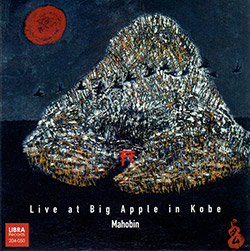





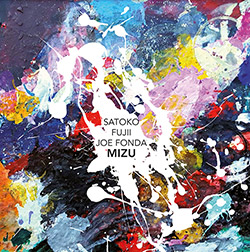









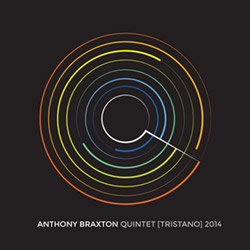








![Rodrigues, Ernesto / Nuno Torres / Guilherme Rodrigues: Whispers In The Moonlight - In Seven Movements [2CDs]](https://www.teuthida.com/productImages/misc4/35765.jpg)
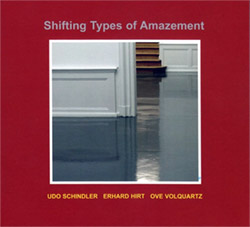

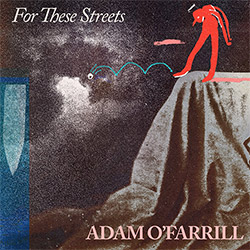
![Cocks, Laura: FATHM [VINYL]](https://www.teuthida.com/productImages/misc4/36055.jpg)
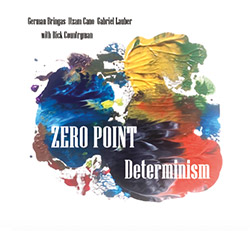
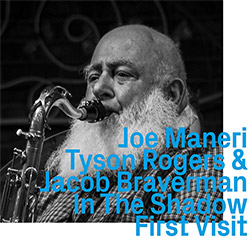
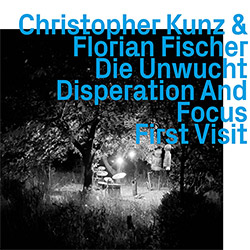
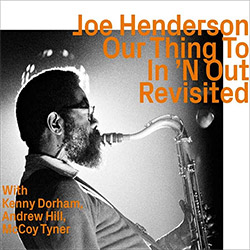

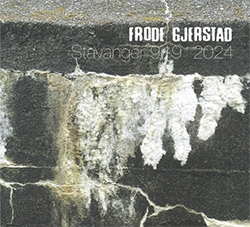
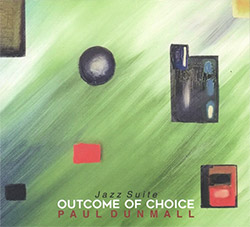
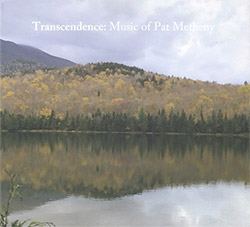
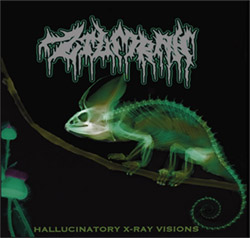
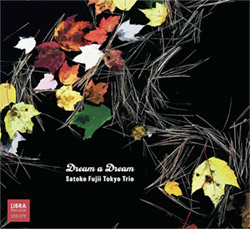
![Ackerley / Prymek / Turner: All Hope With Sleeping Minds [CASSETTE]](https://www.teuthida.com/productImages/misc4/35950.jpg)
![Myers, David Lee : Tin Drop Tear [BOOK w/ DOWNLOAD]](https://www.teuthida.com/productImages/misc4/36030.jpg)

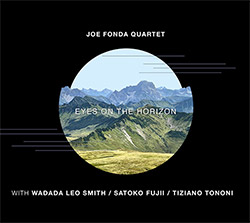
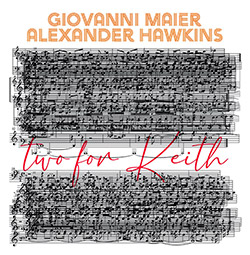
![Schindler, Udo / Sandy Ewen / Damon Smith: Munich Sound Studies Vols. 4, 5 & 6 [3 CDs]](https://www.teuthida.com/productImages/misc4/35966.jpg)
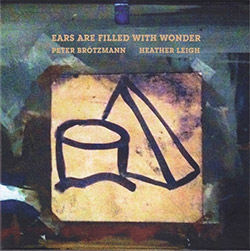


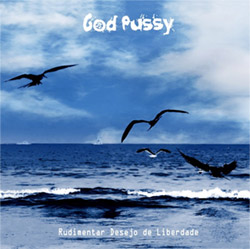


![Turbulence Orchestra & Sub-Units: Smear Out the Difficulties (Double Live) [2 CDs]](https://www.teuthida.com/productImages/misc4/36048.jpg)
![Perelman, Ivo / Tyshawn Sorey: Paralell Aesthetics [2 CDs]](https://www.teuthida.com/productImages/misc4/35871.jpg)
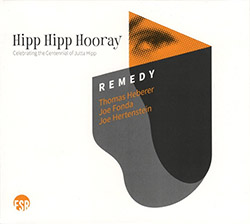

![Sjostrom, Harri: SoundScapes #4 Festival Berlin 2023 [3 CDs]](https://www.teuthida.com/productImages/misc4/35874.jpg)
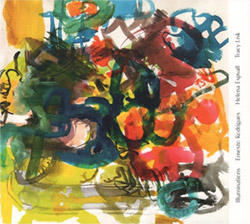


![Glenn, Jordan: Flustered [CASSETTE]](https://www.teuthida.com/productImages/misc4/35948.jpg)


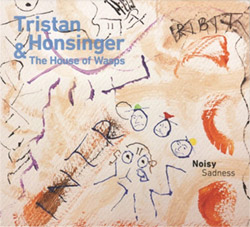
![Lindorff-Ellery, Evan: Church Recordings from Monhegan [CASSETTE]](https://www.teuthida.com/productImages/misc4/35949.jpg)
![Schindler, Udo / Werner Dafeldecker / Gunnar Geisse: Travelling Sound Images - Cognitive Transfers [Trio]](https://www.teuthida.com/productImages/misc4/35767.jpg)
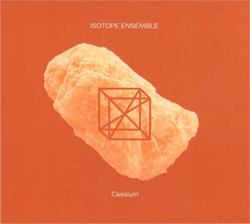
![Egberth, Dennis: The Dennis Egberth Dynasty [VINYL]](https://www.teuthida.com/productImages/misc4/35549.jpg)


![Schindler, Udo / Rieko Okuda / Eric Zwang Eriksson: Disturbed Terrains [2 CDs]](https://www.teuthida.com/productImages/misc4/35330.jpg)
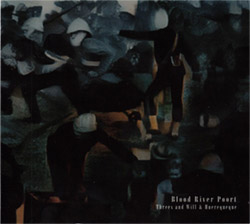
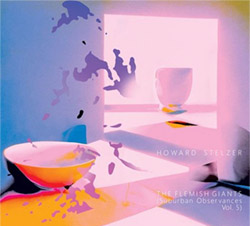

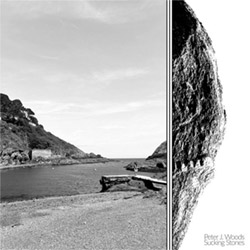
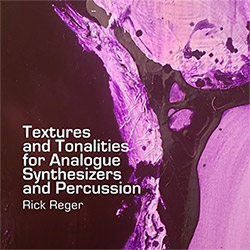

![Olencki, Weston : Pearls Ground Down To Powder [VINYL]](https://www.teuthida.com/productImages/misc4/35956.jpg)
![Myers, David Lee: Oculus [2CDs]](https://www.teuthida.com/productImages/misc4/35857.jpg)


![dustsceawung: dustsceawung [CASSETTE w/ Download]](https://www.teuthida.com/productImages/misc4/35753.jpg)
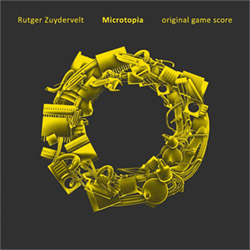



![Halls of the Machine: Atmospheres For Lovers And Sleepers [CASSETTE w/ DOWNLOAD]](https://www.teuthida.com/productImages/misc4/35806.jpg)
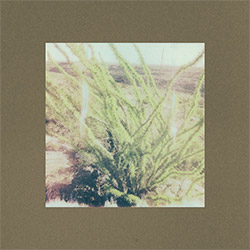
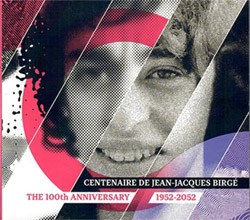
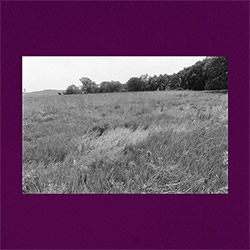
![AHC (Alexander Cooper): Lase [2 CDs]](https://www.teuthida.com/productImages/misc4/35754.jpg)



![Fagaschinski, Kai / Yan Jun : Graveyard Processions [VINYL w/ DOWNLOAD]](https://www.teuthida.com/productImages/misc4/35474.jpg)
![Brant, Cody / Carl Kruger: Smoke Detail [CASSETTE w/ DOWNLOAD]](https://www.teuthida.com/productImages/misc4/35551.jpg)








![Zorn, John / JACK Quartet: The Complete String Quartets [2 CDs]](https://www.teuthida.com/productImages/misc4/35609.jpg)

![Lonsdale, Eden: Dawnings [2 CDs]](https://www.teuthida.com/productImages/misc4/35480.jpg)







![Sanna, Claudio: Compositori Sardi Contemporanei II [2 CDs]](https://www.teuthida.com/productImages/misc4/35317.jpg)







![Zurria, Manuel: Fame di Vento [3 CDs]](https://www.teuthida.com/productImages/misc4/35167.jpg)

![Granberg, Magnus / Nattens Inbrott / Skogen: Holde Traume, Kehret Wieder! [2 CDs]](https://www.teuthida.com/productImages/misc4/35038.jpg)

![Electric Bird Noise / Derek Roddy: 8-10-22 [CD EP]](https://www.teuthida.com/productImages/misc4/35970.jpg)








![Elephant9 : Mythical River [VINYL]](https://www.teuthida.com/productImages/misc4/34624.jpg)



![Elephant9 with Terje Rypdal: Catching Fire [VINYL 2 LPs]](https://www.teuthida.com/productImages/misc4/35355.jpg)
![Deerlady (Obomsawin, Mali / Magdalena Abrego): Greatest Hits [VINYL]](https://www.teuthida.com/productImages/misc4/34876.jpg)







![Surplus 1980: Illusion of Consistency [CD]](https://www.teuthida.com/productImages/misc4/35069.jpg)
![Staiano, Moe: Away Towards the Light [VINYL + DOWNLOAD]](https://www.teuthida.com/productImages/misc4/35037.jpg)



![Caveira (Gomes / Sousa / Abras / Ferrandini): Ficar Vivo [VINYL]](https://www.teuthida.com/productImages/misc4/34643.jpg)
![Coley, Byron: Dating Tips for Touring Bands [VINYL]](https://www.teuthida.com/productImages/misc4/17906.jpg)

![Lost Kisses: My Life is Sad & Funny [DVD]](https://www.teuthida.com/productImages/misc4/lostKissesDVD.jpg)